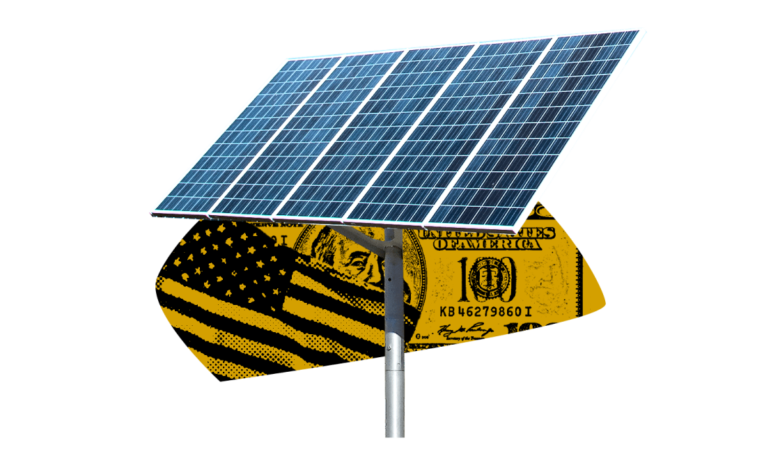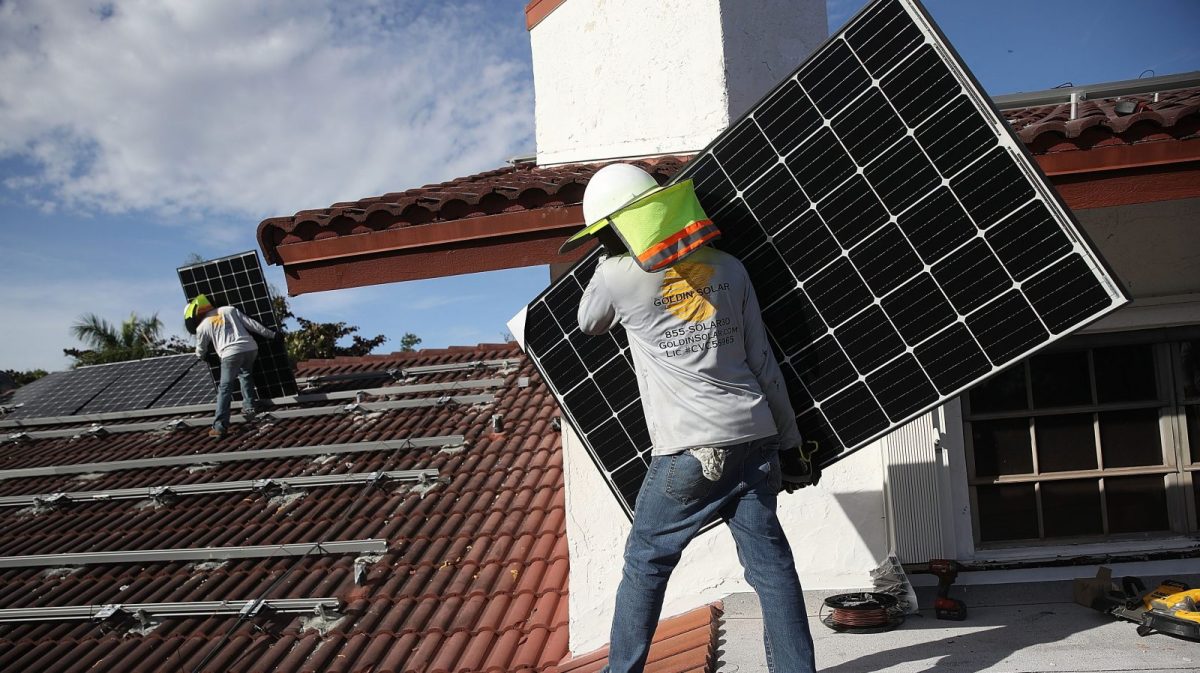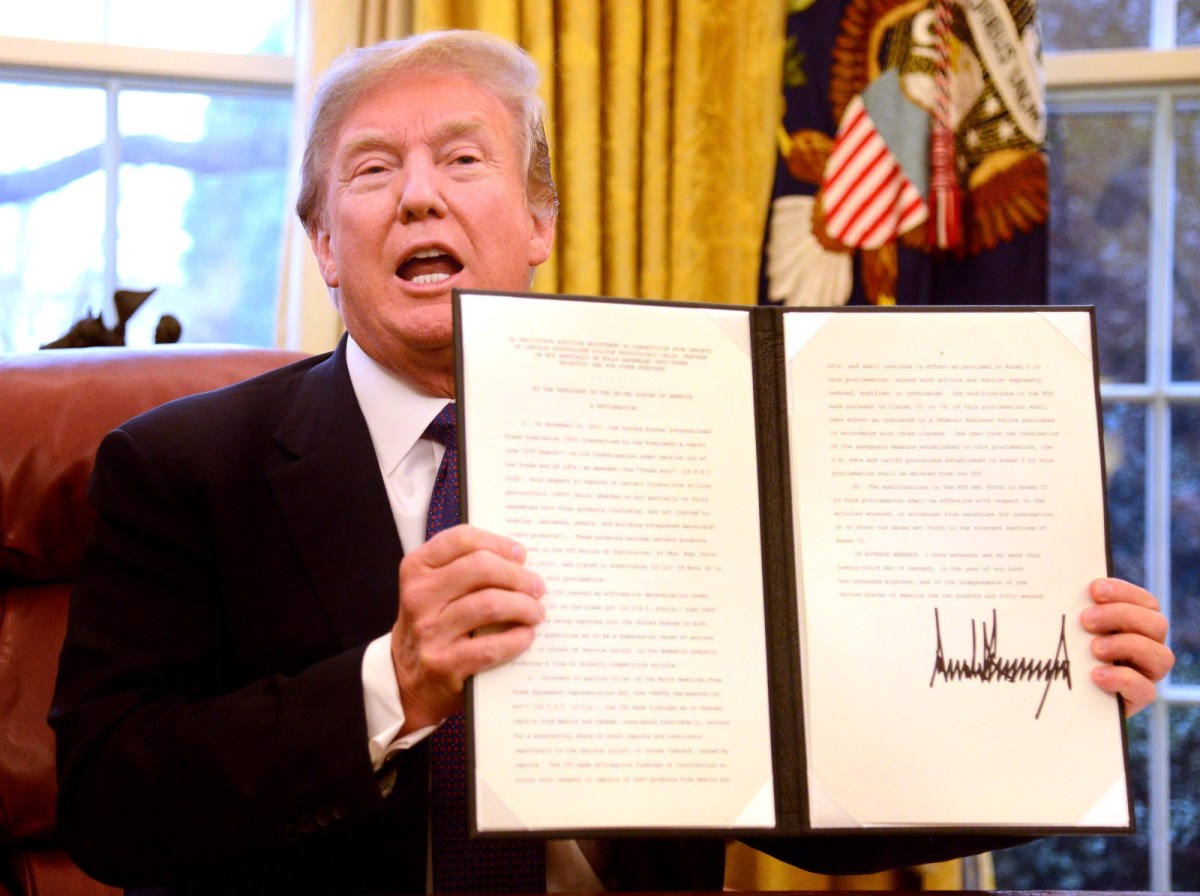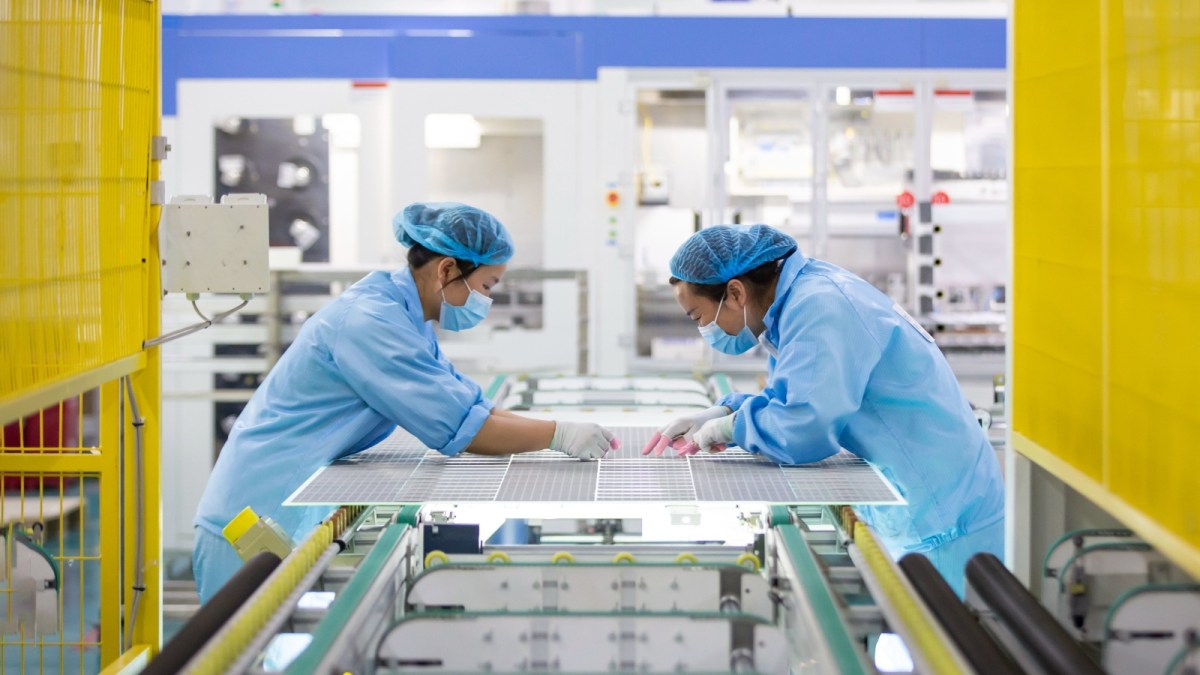How ‘USA-first’ Fails The Solar Industry

THE SOLAR INDUSTRY
The cost of solar should have saved the U.S. solar assiduity rather they reduce it a bit.
A profitable proposition about solar costs is simple Solar cells and panels made overseas are generally cheaper, due to lower product costs and government support from countries similar to China. Thus imported taxpayer panels should give the U.S. solar assiduity a chance to fight for survival.
At least it has been considered for the once 10 times and under the administration of three different chairpersons. There’s only one problem- the utmost of the US solar assiduity has no way supported them, arguing that prices did nothing to boost domestic production and decelerate down the pace of carbon neutralization.
This conflict has been veritably clear in the last two months. Towards the end of March, Biden officers blazoned plans to probe a complaint from a small solar patron called Auxin Solar, professing that Chinese companies were crossing the border of a trade by producing solar panels and cells in Southeast Asia.
Response from the U.S. solar assiduity it was presto. Trade groups have called the study a “ disaster, ” a “ disastrous, ” and a step that could “ effectively stop ” solar development at a time when further renewable energy sources are demanded. Eighty percent of solar panels are imported into the U.S. from Cambodia, Malaysia, Vietnam, and Thailand. However, those countries will be subject to fresh levies on U, If the disquisition supports Auxin’s appeal exports before this month, a 22- assemblyman bipartisan group transferred a letter prompting President Joe Biden to incontinently release the findings, or risk a” major dislocation”. in solar companies aren’t sure if the prices of the panels will go up.

Some negative goods from the disquisition have formerly passed. Two weeks a gone
, an Indiana company blazoned that several solar systems were delayed due to request fermentation, and as a result, two coal-fired power shops would now remain open until 2025, rather than 2023. Solar Energy diligence. The Association, a group of dealers, estimates that 81 percent of the aspirants in the U.S. see posts canceled or delayed. According to an analysis from Oslo- grounded energy exploration company Rystad, the U.S. is estimated to include about 27 gigawatts of solar capacity by 2022; now, that number can be as low as 10 gigawatts.
But the Auxin case is the only recent case to raise questions about the effectiveness of solar costs. The U.S. has multiple layers of duty distribution on solar panels manufactured in China, Southeast Asia, and numerous other foreign countries. At the same time, 86 percent of American solar panels are in the process of installing panels, not creating them. However, it can reduce growth and increase costs across the assiduity, If prices increase the cost of technology. numerous judges argue that prices are responsible for US solar prices being 43 to 57 percent above the global norm.

President Biden has promised to reduce air pollution by 50 percent over the coming eight times. That step would bear a 10 percent increase in solar energy every year. However, is pricing better? And if not, what can be done about it?
If Biden- and the rest of the US- are committed to diving into climate change. To understand U.S. solar prices, you must first understand the crucial factors of solar panels. The panels are made up of four crucial ways. First, polysilicon fractions melt at high temperatures into heavy blocks, spherical, or beams; beams are cut into small wastes, called” wafers”; wafers are also garnished with phosphorus and semiconductors to form solar cells. Eventually, cells are vented together to form “ modules ”- more known as solar panels.
American scientists developed the solar cell, and numerous times the U.S. was a leader in product cells and solar panels. But in the 2000s, China, in trouble to cover its independence and control the renewable energy request, began accelerating its solar assiduity, accumulating polysilicon products and controlling all situations of the solar force chain. ( The country has also been indicted of furnishing unhappy backing and the use of forced labor.)
Prices for panels are veritably low. When the U.S. launched its first duty set on panels and imported cells from China in 2012, by the time of the Obama administration, the domestic products had formerly declined, and some American directors were being pushed out of the request. For illustration, Solyndra, which started working in the sun, fell in 2011. Installation, still, is adding, thanks to less precious technologies available overseas.
The 2012 levies were directed directly to China, latterly extended to include Taiwan. The so-called “anti-dumping and countervailing duties” levies were aimed at neutralizing the goods of Chinese support on the solar assiduity. According to decades of marketable law- the 1930 Tax Act-U.S. is fairly obliged to levy levies if there’s substantiation of indecorous foreign backing.” China is anon-market frugality,” said William Reinsch, elderly adviser at the Center for Strategic and International Studies, or CSIS, in Washington, D.C.” The idea is to remove the damage done.”
While President Donald Trump was at the White House( also fighting a trade war with China), another set of costs was added- this time to the trade of cells and modules from the longest list of countries, including the utmost of Southeast Asia. These “ defense ” costs were intended to drop annually by 2022; but in January, President Biden added four further times, with many significant freedoms.
All of these costs should help boost solar products in the US, but numerous solar and marketable experts say they do nothing like that.” levies haven’t contributed to the creation of solar energy,” said Pol Lezcano, a leading North American solar critic of Bloomberg NEF, a New York City- grounded energy exploration company.” The only thing that has been achieved at affectation is raising costs for everyone.” According to the transnational Renewable Energy Agency, the cost of installing mileage-scale solar in the U.S. they’re among the altitudinous in the world.

Some experts have argued that prices have been too low, too late. Varun Sivaram, a former exploration professor at Columbia University and a current member of Biden’s administration, argued in 2018 that if the import duty had been levied before 2012, it would have helped” balance the field.” But if Obama’s prices close the barn door after the steed is tied,” he said,” also Trump’s( 2018) prices are the same as locking the door.”
There’s substantiation that prices have increased the integration of U.S. panels, indeed though they’ve not increased solar cell product itself.” There has been a huge increase in PV module assembly,” said David Feldman, an experimenter at the public Renewable Energy Laboratory in Washington, D.C. Companies from South Korea and China, Feldman explained, set up integration shops in the U.S. druggies were from abroad.
But Lezcano says the increase in US integration capacity- from one gigawatt to about 5 gigawatts over the once decade- isn’t close to what’s demanded to meet the country’s demand.” The module assembly in the US is veritably small and provides substantially for small solar systems,” he said.
The Solar Energy diligence Association, which has explosively opposed solar duty, says Trump- and now Biden’s” defense” rates alone bring the assiduity jobs and an estimated10.5 gallons of solar panels installed. ( That is about8.5 percent of all solar energy installed in the world at moment.)” There’s now further than a decade of substantiation proving that prices don’t encourage U.S. solar products,” Abigail Ross Hopper, chairman, and CEO of the association said. dispatch.” Indeed after numerous costs over the times, the solar power assiduity in the United States has failed to meet the domestic demand for solar panels.”
Some members of the assiduity support prices Auxin Solar, for illustration, is among a sprinkle of manufacturers who have filed marketable complaints. The companies say American solar product is important to the assiduity.” We’re thankful that trade officers have honored the need to probe this waste disposal and how it continues to harm American solar directors,” Mamun Rashid, CEO of Auxin Solar, said in a statement.
In recent weeks, numerous complaints about the Auxin inquiry- and solar levies in general- have been directed at Biden officers. The Department of Trade is responsible for probing the complaint and determining the response. But according to Reinsch, Biden officers have little control over how the US pays levies; those opinions are elevated in public trade law.” The law isn’t voluntary,” he said.
But some have begun to suggest indispensable approaches around prices. Emily Benson, a CSIS counterpart, says Congress could pass legislation that would reduce the branch’s capability to levy levies on goods demanded to convert to clean energy briskly.” It’s in our great ambition to achieve one major thing, which is to reduce emigrations,” he said. Allowing coal shops to remain in the grid as the disquisition was resolved, he said,” in terms of climate, isn’t commodity we can go.”
Debts to exclude solar levies are formerly floating in the ANC. Democratic Alliance Senator Jacky Rosen of Nevada and Republican Senator Jerry Moran of Kansas unveiled a bill in mid-February that would abolish the “ protection ” duty for 2018 and produce a Department of Energy program to promote domestic solar products.” The cost of solar is hurting the American frugality of clean energy,” Rosen said in a statement.
Reinsch doubts that solar energy duty will surpass Congress- and says it would be a dangerous illustration to set.” The allegations then are that the Chinese are fraudulent,” he said. “ And numerous people will say, ‘ If the Chinese are cheating, they should pay the price.
Benson realizes that, for numerous business professionals, the idea of drawing on expenditure may feel presumptive. But he says the urgency of the situation may make it necessary.” Are the trade rules we’ve moment applicable to combat climate change?” he said.” That’s the heart of the question.”
edited and proofread by nikita sharma




